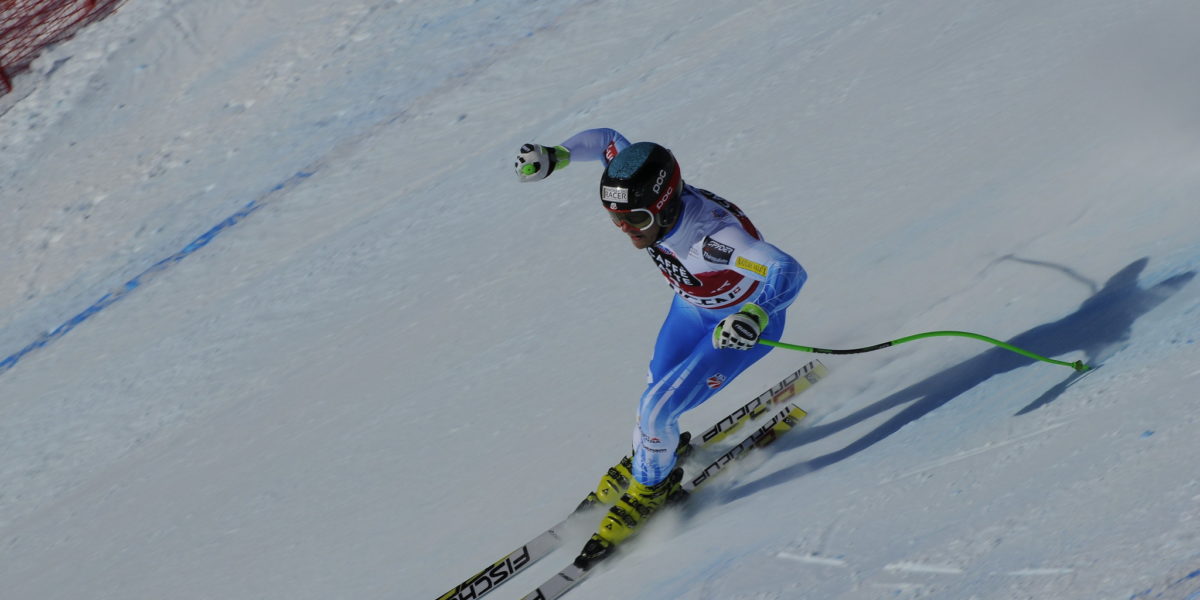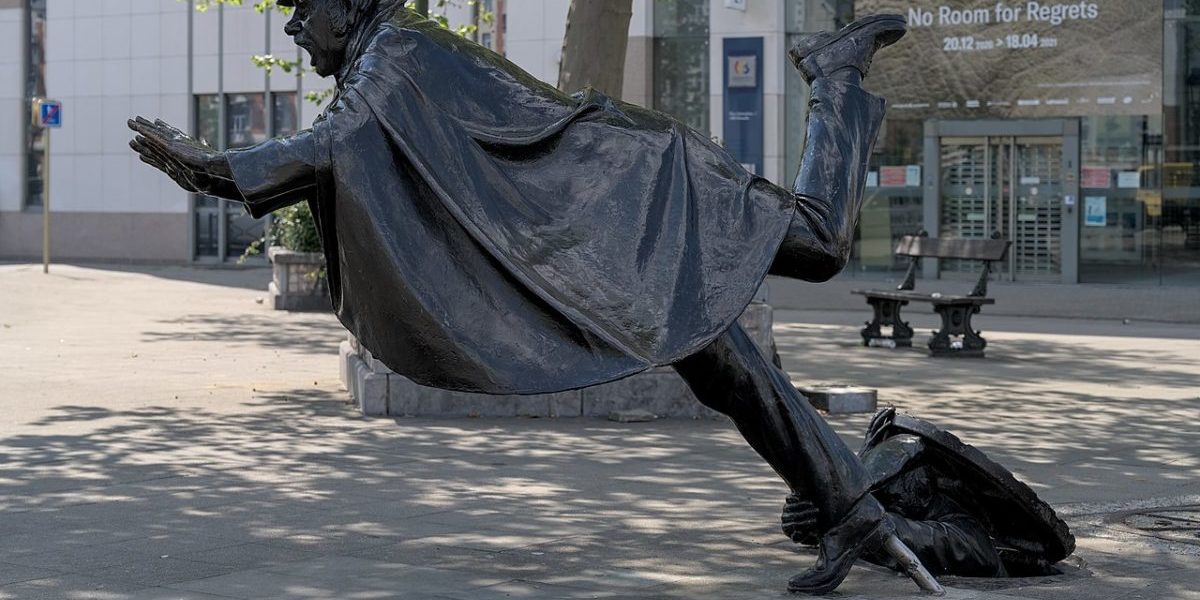Take a look at one of your limbs and straighten it as much as you can. Notice that your elbows and knees each have a clearly defined limit of rotation – these are called “joint limits”. While you might not think about them much, Brazilian Jiu Jitsu fighters see our joint limits as exploitable weaknesses. Martial artists have been inventing and refining ways to hyperextend their opponents’ joints for hundreds (if not thousands) of years. These “joint submissions” are executed by acting as human levers or torque wrenches, trying to rotate joints past their limits.
Continue reading “Tap out before your ligaments do: The mechanics of Jiu Jitsu joint submissions”Category: text
Does Boxing Headgear Prevent Concussions?
In boxing, behind every punch connecting and glove pushing into a face, there is a complex collection of engineering principles at play that can vibrate a human skull and cause serious neurological damage. The impact of a punch can jolt the brain, causing it to move across the cerebrospinal fluid that it sits in and putting the person at risk. The rotation and rebound of the brain inside the skull from the rapid force applied is what produces concussions in the sport. Theoretically, headgear will reduce the likelihood of a concussion by softening the blows.
Continue reading “Does Boxing Headgear Prevent Concussions?”Slipping or Tripping? Researchers Find Best Way to Regain Your Balance
Everyone has slipped or tripped at some point in their lives. Whether it is walking on an icy road to get to your car or tripping over the Lego set your kid refused to put away, everyday obstacles can cause us to lose our balance. Often this results in a brief moment of panic followed by the uneasy relief of regaining your footing, but for those who aren’t lucky enough to avoid falling, the results can be devastating. This is especially prevalent in populations more susceptible to falling. Falling in the workplace accounts for 16.8% of all non-fatal injuries leading to days taken off work. It is thought that this is due to the high volume of slipping or tripping obstacles encountered in some occupations. Additionally, 36 million falls resulting in 32,000 deaths were reported for the 65+ year old population of the US. Elderly individuals may lack the strength and reflexes necessary to recover their balance quickly. This is especially worrisome because the elderly are also the most at risk for the major health complications that can be caused by fall related injuries.
Continue reading “Slipping or Tripping? Researchers Find Best Way to Regain Your Balance”Why Do Your Fingers Make A “Pop” Noise When You Crack Your Knuckles?
When cracking your knuckles, one tends to hear a “pop” noise that is loud, sharp, and irritating to most. This noise can be addicting in the sense that it makes others want to crack their knuckles. The main questions that I focused my research on were “Does cracking your knuckles or joints cause potential health issues for your future?” and “ Why does cracking a joint such as your knuckles make a “pop” noise?”
Continue reading “Why Do Your Fingers Make A “Pop” Noise When You Crack Your Knuckles?”Ski Racing: Where Champions are Made on the Course and in the Lab
If you have ever watched the winter Olympics, you have probably watched in awe as the alpine ski racers flew down the course. Years of training to perfect technique and build strength are essential for any athlete trying to compete with the best, but in a sport where hundredths of a second can separate first and second place, racers are always looking for ways to shave time. Understanding the forces that slow them down and their relationship to body positioning gives these athletes a competitive advantage.
Continue reading “Ski Racing: Where Champions are Made on the Course and in the Lab”How to Optimize Biomechanics Forces of Olympic Giant Slalom Skiers
Do you ever wonder what differentiates a casual skier from an Olympic level skier? The distinction lies in the immense forces these Olympic skiers’ output as they naturally transition from incredibly high speeds to sharp turns on the icy slopes. The four famous alpine skiing events held at the Winter Olympics are the slalom, giant slalom, downhill, and super-G events. In these events the human body is pushed to its limit with skiers experiencing forces of up to 2000N during turns through closely spaced poles and gates. Which is the equivalent of a 440-pound weight laying on top of you. These forces are integral in achieving faster times, better technique, and winning Olympic gold. How can these forces and techniques be optimized for the best possible ski run?
Continue reading “How to Optimize Biomechanics Forces of Olympic Giant Slalom Skiers”Secrets of the Rapid Snapping Mechanism of a Venus Fly Trap
Dionea Muscipula, also known as the Venus Fly Trap, is universally considered an interesting and eye-catching plant. Most people are fascinated by its ability to snap its lobes closed around prey, allowing it to then chemically dissolve the trapped animal and subsequently absorb nutrients from its body. What most people fail to realize is the incredible amount of biomechanics required for this plant to survive. Not only is this information useful and interesting to know, but it is crucial for scientists to better understand how plants can respond to physical stimuli.
Continue reading “Secrets of the Rapid Snapping Mechanism of a Venus Fly Trap”Which Body Mechanics Help You Jump Higher?
Vertical jumping is an essential aspect of many sports. In volleyball and basketball, for example, jumping higher than your opponent gives you a significant competitive advantage. Volleyball players need to be able to block and spike, while basketball players need to be able to rebound well and finish tough shots over opponents. Most athletes know the basics of jumping, but few know what specific body mechanisms contribute to jump height. This article will discuss four key elements to vertical jump height:
- Squat depth
- Non-extension movements
- Arm swing
- Toe flexor strength
Understanding the mechanics behind each of these elements can help guide athletes in training regimens to better increase jump height.
Continue reading “Which Body Mechanics Help You Jump Higher?”Falling for You: How to Reduce Fall Risks?
The majority of people know what a fall is and, in fact, many people have unfortunately experienced one or a few. But what would be a good definition for what a fall is? Simply put, a fall is something that happens when you lose your balance and cannot recover. Falls have the potential to ruin anyone’s day. For some, however, the risk is far more severe than that as falls are one of the leading factors in injury and death among the elderly population. This will continue to be a problem as the number of elderly people in the United States is expected to increase dramatically over the next fifty years.
Continue reading “Falling for You: How to Reduce Fall Risks?”An Exploration Into The Growth Of The Heart As A Result Of Certain Exercise
Have you ever wondered what happens to your heart when you begin to consistently exercise? How does the heart change and why? Well, the answer may not be very complicated.
During intense exercise, our heart is put under stress as it has to rapidly pump blood throughout the body. The heart often responds to this by increasing its size, but it does not do this like our other muscles. The heart has to add mass to its existing cells instead of adding new cells as we only have a limited amount of cardiac muscles; the amount we are born with is all we have. The health of our hearts is important. In the US, heart disease and injury are the number 1 cause of death. So, it is in our best interests to learn more about our health so as to minimize our risks of heart-related ailments.
Continue reading “An Exploration Into The Growth Of The Heart As A Result Of Certain Exercise”








